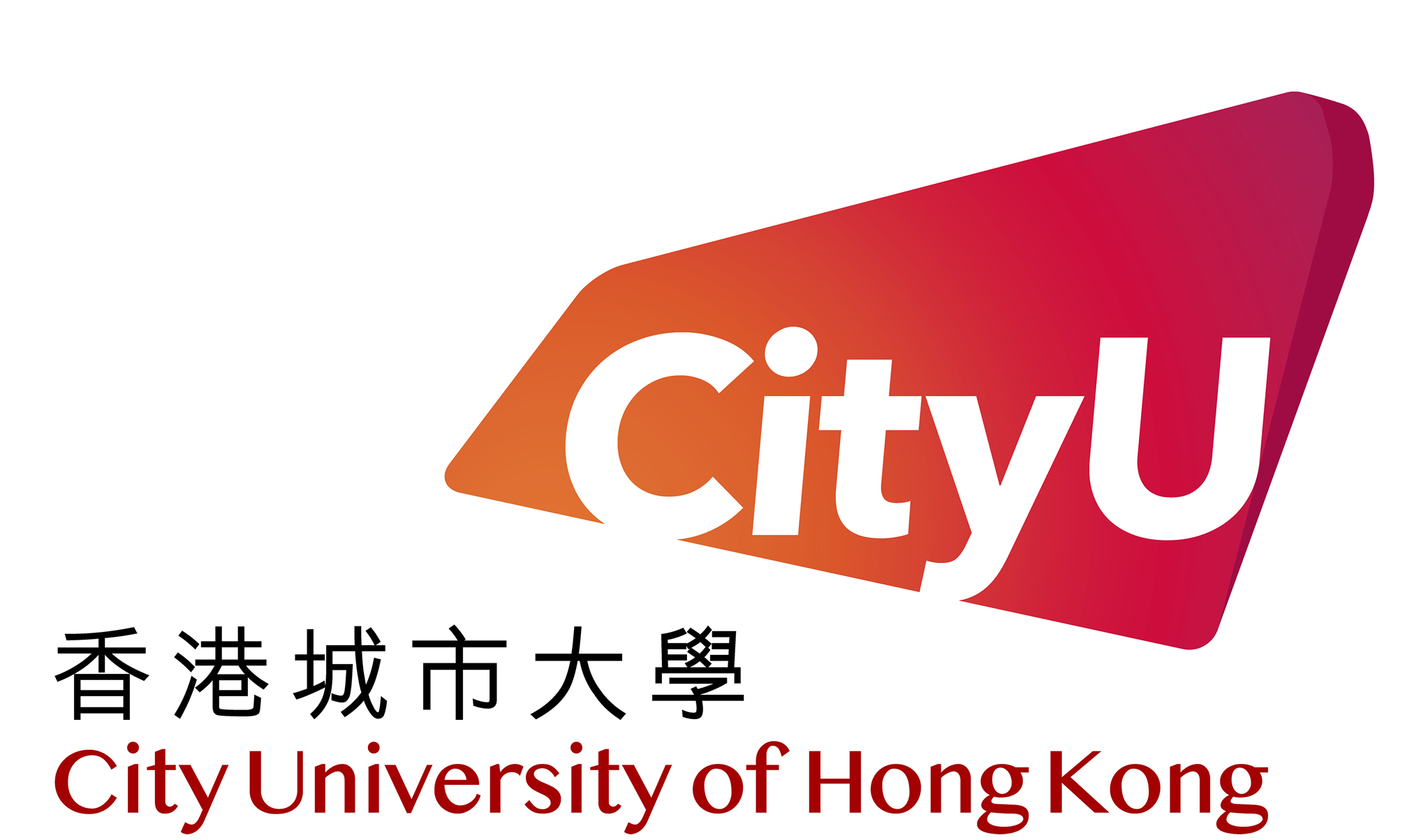卢柯教授
香港城市大学香港高等研究院资深院士
沈阳材料科学国家(联合)实验室主任
中国科学院院士
德国国家科学院院士
世界科学院院士

联络资料
| 电话: | (86) 24 2397 1508 |
|---|---|
| 电邮: | lu@imr.ac.cn |
Professor Ke Lu (B. S. in materials science and engineering, Nanjing University of Science & Technology, 1985; PhD in MSE, Institute of metal Research of CAS, 1990) is a professor and the founding director of Shenyang National Laboratory for Materials Science (SYNL). He was a visiting professor in Max-Planck-Institut für Metallforschung (Stuttgart, Germany) and in University of Wisconsin-Madison (USA).
Professor Lu's icon scientific achievements include two parts:
(1) Discovery of nano-twinned materials and development of the nano-twin strengthening methodology. Traditional strengthening methodologies of materials (such as alloying, strain-hardening, dispersion strengthening, etc.) invariably suffer from an undesirable consequence that strength increases at an expense of ductility and thermal and/or electrical conductivity. Professor Lu and his co-workers discovered that by generating high density of nano-scale twins in grains, pure copper is strengthened by one order of magnitude while keeping its high electrical conductivity and a considerable ductility. They identified that the high density of twin boundaries may effectively block dislocation motions to strengthen materials, and at the same time, twin boundaries may act as dislocation slip planes to accommodate strains. With this discovery, Professor Lu and his collaborators developed a novel strengthening methodology, i.e., nano-twin strengthening, overcoming the conventional property trade-offs.
(2) Development of surface nanocrystallization of metals, from concept and principles to processing technology. Based on plastic deformation induced grain refinement mechanism, Professor Lu and his collaborators invented mechanically-driven surface nanocrystallization processes such as surface mechanical attrition treatment (SMAT) and surface mechanical grinding treatment (SMGT) techniques to transform the coarse-grained structures into gradient nano-grained structures in surface layers on bulk metals. Such an elastic-homogeneous and plastic-heterogeneous gradient architecture provides a unique structure to upgrade the overall properties and performance of the bulk materials, including mechanical properties, surface chemical reactivity, and tribological behaviors of engineering materials. They discovered that with a gradient nano-grained surface layer, strength of a pure Cu bar can be doubled while its tensile ductility remains unchanged. The extraordinary intrinsic plasticity of gradient nano-grained structures offers a great potential for use as advanced coatings of bulk materials. Recently, by means of SMGT processing of nickel Professor Lu discovered ultra-hard and ultra-stable nano-laminated structures with low-angle boundaries, which offers a novel strong-and-stable nanostructure in metals.
He authored and co-authored more than 380 international peer-reviewed journal publications, held 30 patents, and presented over 100 invited lectures at international conferences and symposia. His publications received more than 20000 ISI citations. He is a member of the Chinese Academy of Sciences (2003), a member of German National Academy of Sciences Leopoldina (2005), and a member of TWAS (2004). He is an editor of Progress in Materials Science (Elsevier) and a reviewing editor of Science (AAAS). He received Humboldt Research Award (AvH Foundation, Germany, 2011), THERMEC Distinguished Award (Canada, 2006), TWNSO Award in Technology (TWAS, 2000), Kelly Lecturer (University of Cambridge, UK, 2010). He is a Fellow of the AAAS (USA), MRS (USA), and APAM.
Professor Lu's icon scientific achievements include two parts:
(1) Discovery of nano-twinned materials and development of the nano-twin strengthening methodology. Traditional strengthening methodologies of materials (such as alloying, strain-hardening, dispersion strengthening, etc.) invariably suffer from an undesirable consequence that strength increases at an expense of ductility and thermal and/or electrical conductivity. Professor Lu and his co-workers discovered that by generating high density of nano-scale twins in grains, pure copper is strengthened by one order of magnitude while keeping its high electrical conductivity and a considerable ductility. They identified that the high density of twin boundaries may effectively block dislocation motions to strengthen materials, and at the same time, twin boundaries may act as dislocation slip planes to accommodate strains. With this discovery, Professor Lu and his collaborators developed a novel strengthening methodology, i.e., nano-twin strengthening, overcoming the conventional property trade-offs.
(2) Development of surface nanocrystallization of metals, from concept and principles to processing technology. Based on plastic deformation induced grain refinement mechanism, Professor Lu and his collaborators invented mechanically-driven surface nanocrystallization processes such as surface mechanical attrition treatment (SMAT) and surface mechanical grinding treatment (SMGT) techniques to transform the coarse-grained structures into gradient nano-grained structures in surface layers on bulk metals. Such an elastic-homogeneous and plastic-heterogeneous gradient architecture provides a unique structure to upgrade the overall properties and performance of the bulk materials, including mechanical properties, surface chemical reactivity, and tribological behaviors of engineering materials. They discovered that with a gradient nano-grained surface layer, strength of a pure Cu bar can be doubled while its tensile ductility remains unchanged. The extraordinary intrinsic plasticity of gradient nano-grained structures offers a great potential for use as advanced coatings of bulk materials. Recently, by means of SMGT processing of nickel Professor Lu discovered ultra-hard and ultra-stable nano-laminated structures with low-angle boundaries, which offers a novel strong-and-stable nanostructure in metals.
He authored and co-authored more than 380 international peer-reviewed journal publications, held 30 patents, and presented over 100 invited lectures at international conferences and symposia. His publications received more than 20000 ISI citations. He is a member of the Chinese Academy of Sciences (2003), a member of German National Academy of Sciences Leopoldina (2005), and a member of TWAS (2004). He is an editor of Progress in Materials Science (Elsevier) and a reviewing editor of Science (AAAS). He received Humboldt Research Award (AvH Foundation, Germany, 2011), THERMEC Distinguished Award (Canada, 2006), TWNSO Award in Technology (TWAS, 2000), Kelly Lecturer (University of Cambridge, UK, 2010). He is a Fellow of the AAAS (USA), MRS (USA), and APAM.



